DJI Quietly Pulls Mavic 4 Pro National Parks Video After Legality Questions
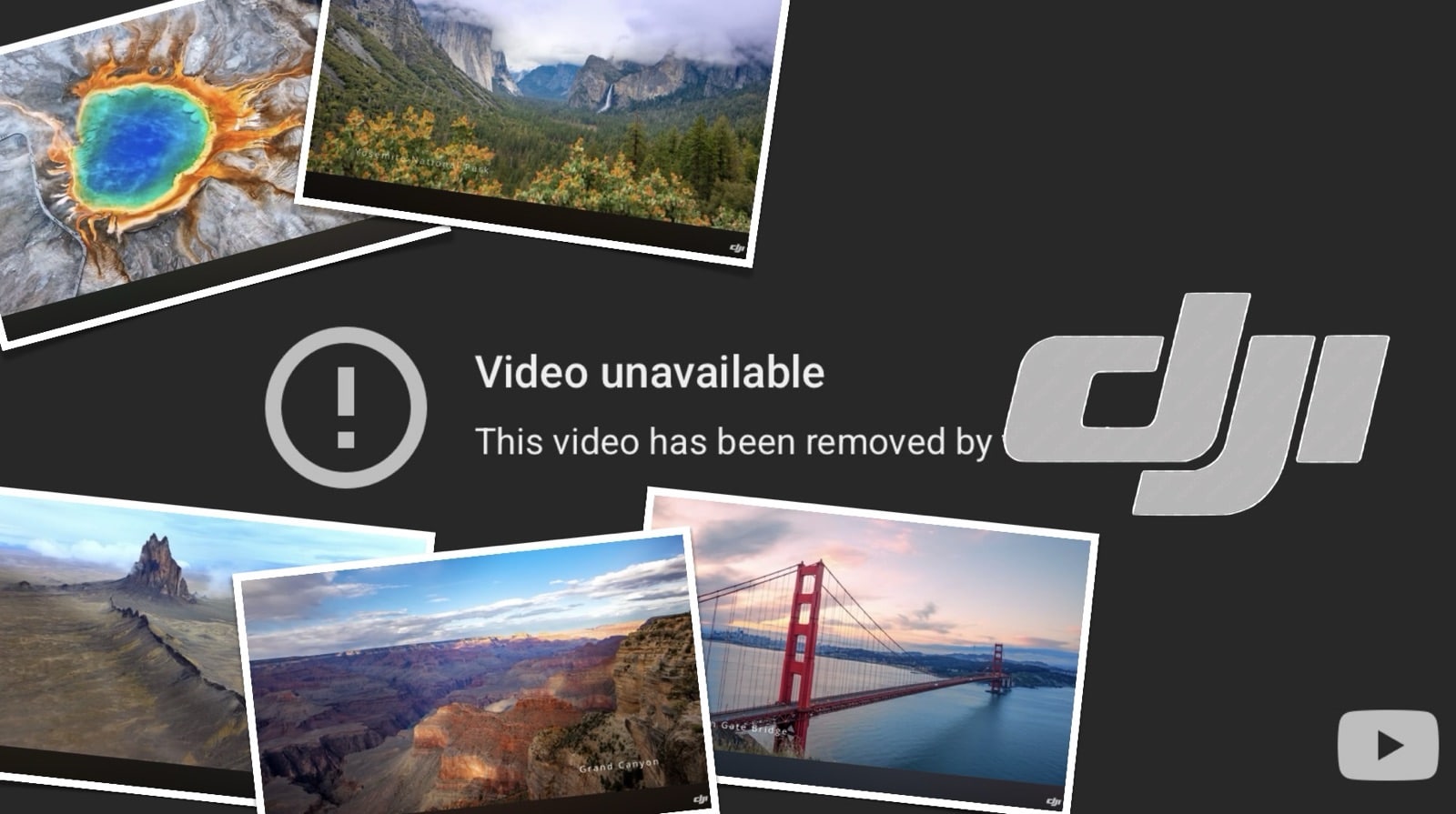
DJI has removed its Mavic 4 Pro promotional video featuring footage from U.S. National Parks and Navajo tribal lands, just days after DroneXL and others in the drone community questioned how the company legally obtained permission to fly in these heavily restricted areas. The silent removal comes without explanation from the world’s largest drone manufacturer, effectively serving as an admission that the footage couldn’t be defended as legally obtained.
The video, titled “The West Awaits—Epic Road-trip Journey Captured with 100MP Mavic 4 Pro,” disappeared from DJI’s channels after mounting criticism from drone pilots, industry reviewers, and readers who all asked the same question: How could DJI fly drones in National Parks where recreational and commercial operations have been banned since 2014?
UPDATE October, 21st, 2025 from a DJI spokesperson:
“We thank the drone community for bringing this to our attention. DJI places the highest priority on compliance to local rules and regulations, and are currently investigating the situation internally. The video – which was produced by an independent creator and not commissioned by DJI – has been removed for now.”
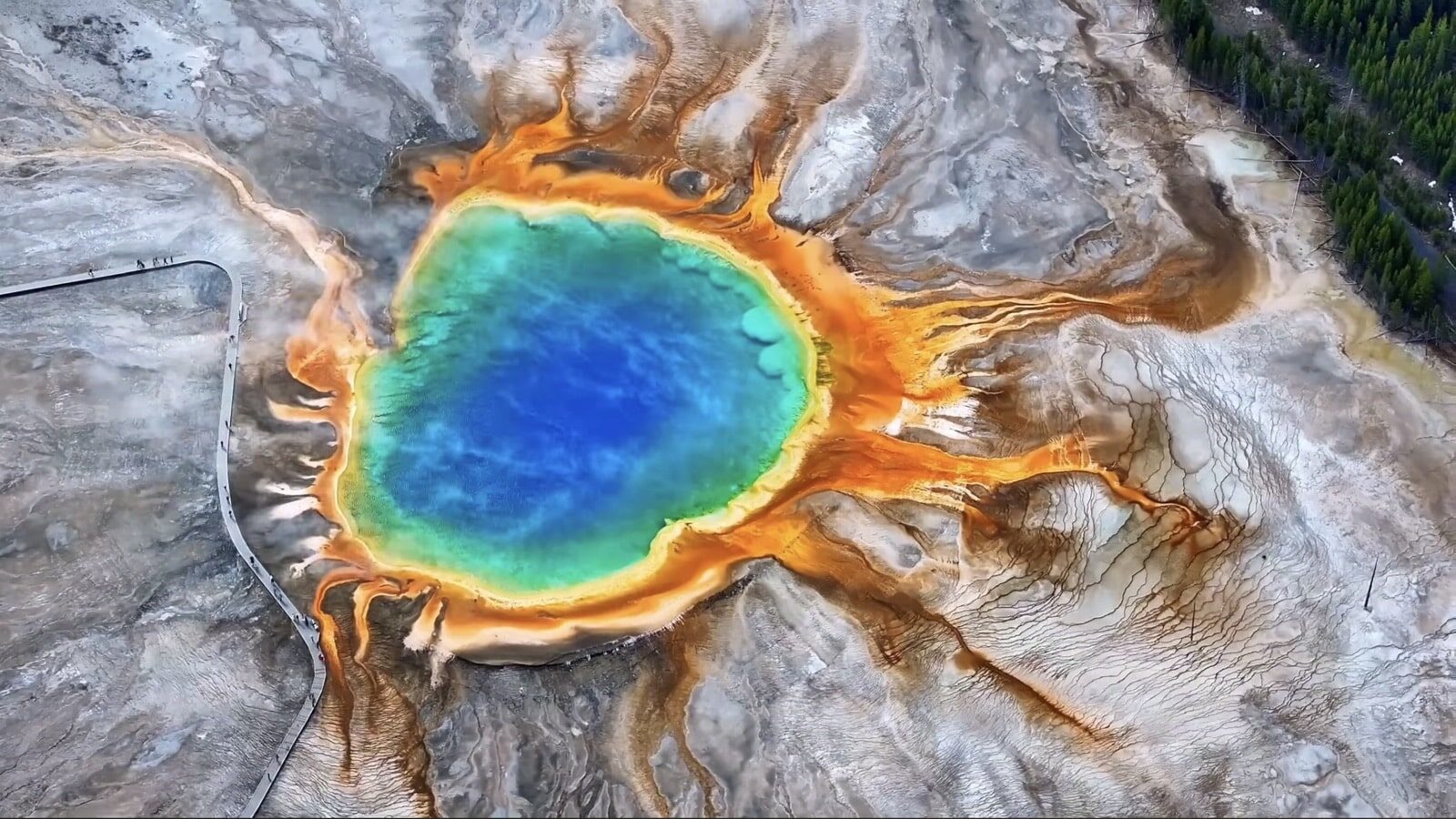
The Controversy That Sparked Removal
DroneXL’s October 12 article detailed how the promotional video featured aerial footage from at least five locations with strict drone restrictions: Grand Canyon National Park, Yellowstone’s Grand Prismatic Spring, Death Valley National Park, Monument Valley Navajo Tribal Park, and Ship Rock on Navajo Nation land. All of these locations maintain clear prohibitions on drone operations, with violations carrying penalties up to $5,000 in fines and six months in jail for National Park infractions.
The response from the drone community was swift and nearly unanimous. Comments on the video reflected widespread confusion about how DJI obtained legal access. One viewer asked directly, “It is beautiful, but how was he able to film in a National Park?” Another noted, “Beautiful photography of these stunning landscapes. How difficult was it to get permits to fly in those National and Tribal Park locations?”
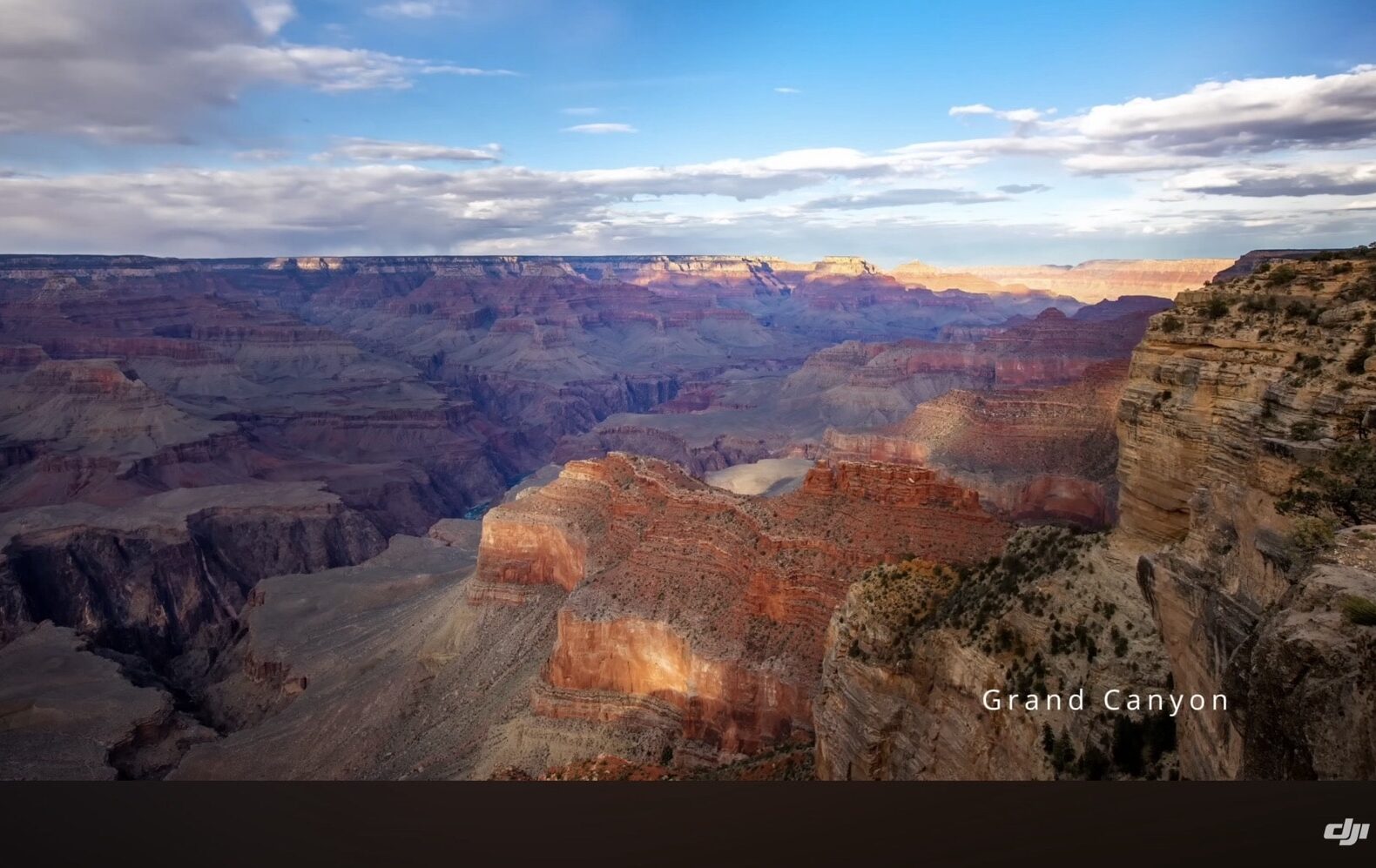
The concerns weren’t limited to DroneXL’s coverage. Drone reviewers and industry observers across multiple platforms questioned the legality of the flights, with many noting that if DJI had secured the notoriously difficult Special Use Permits from the National Park Service and equivalent authorizations from the Navajo Nation, the company would have prominently disclosed that achievement in the video description.
Silent Deletion Instead of Transparency
Rather than addressing the community’s concerns by providing permit documentation or explaining how the footage was legally obtained, DJI chose to simply pull the video. The removal happened quietly, with no statement from the company and no acknowledgment of the controversy.
This approach stands in stark contrast to what responsible corporate behavior would look like. If DJI had obtained proper permits, showcasing that process would have strengthened their marketing message while educating millions of customers about proper procedures for filming in restricted areas. Instead, the silent deletion suggests the drone maker couldn’t produce documentation to justify the flights.

The timing is particularly telling. As a friend of DroneXL pointed out, DJI also regularly features footage from Italy’s Dolomites in product launch videos, despite that region being almost entirely a no-fly zone. The pattern suggests a corporate culture where promotional goals trump regulatory compliance, at least when the company believes it can avoid consequences.
Industry Pattern of “Delete First, Never Explain”
DJI’s response follows a troubling pattern in corporate drone use. Earlier this year, the Pentagon pulled a drone video after using Metallica’s “Enter Sandman” without permission, demonstrating how organizations often remove problematic content rather than address underlying compliance failures.
The difference here is scale and hypocrisy. DJI sells millions of drones to customers who face real consequences for violating these same restrictions. Park rangers at the Grand Canyon report finding illegal drone operators once or twice weekly. These pilots risk confiscation of their equipment, thousands in fines, and criminal records. Yet when the industry’s largest manufacturer (or their filmmakers) appears to break the same rules for marketing purposes, the consequence is simply deleting a video.
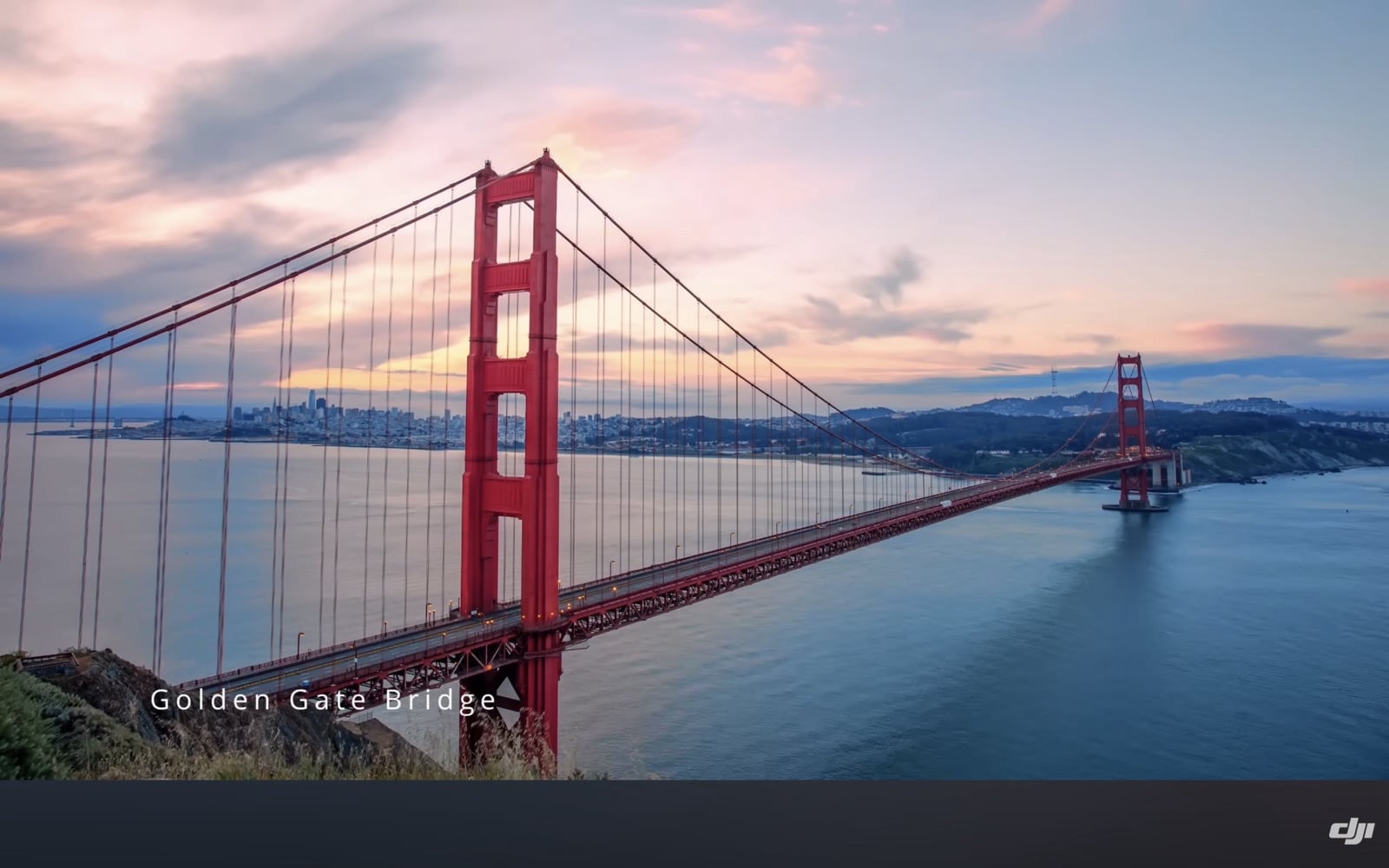
Technical Issues Raised Additional Red Flags
Beyond the legal questions, multiple commenters criticized the video’s technical quality. Viewers pointed out jerky panning movements and questioned the frame rate and shutter speed combinations used. “Beautiful shots, little oversaturated in color. The question I have is why the panning shots when it plays back the movement is jerky?” one viewer wrote.
For a flagship promotional video showcasing a 100-megapixel camera system positioned as professional-grade equipment, these technical shortcomings seemed at odds with DJI’s usual production standards. The combination of questionable legality and subpar execution suggested either rushed production or unfamiliarity with optimal settings by the contracted filmmakers.
Broader Implications for the Drone Community
The removal carries significant implications beyond one deleted video. When DJI showcases footage from prohibited areas without transparency about permits, it sends a message to millions of drone pilots that these restrictions are negotiable or don’t apply to everyone. This undermines years of advocacy for responsible drone use in sensitive locations and puts everyday pilots at risk of attempting to recreate shots they’ve seen in manufacturer marketing materials.
The National Park Service’s drone ban exists for legitimate reasons: protecting wildlife from disturbance, preserving the natural soundscape visitors expect, respecting tribal sovereignty over sacred lands, and preventing accidents. The regulations apply to everyone, regardless of company size or marketing budget.

DJI’s silence on this matter is particularly damaging given ongoing regulatory discussions about the company’s future in the U.S. market. With the December 23, 2025 deadline approaching for a mandatory federal security review, appearing to disregard clearly established rules doesn’t help the company’s case with policymakers or the advocacy community working to ensure reasonable regulations for all drone pilots.
DroneXL’s Take
The silent removal speaks louder than any explanation DJI could have provided. By choosing to delete rather than defend, the company has effectively admitted it couldn’t prove the flights were legal. This isn’t about a single video or one marketing campaign—it’s about corporate responsibility and the precedent it sets.
We’ve seen this pattern before. Companies showcase breathtaking footage from iconic restricted locations while remaining conspicuously silent about how that footage was legally obtained. This creates an aspirational gap where customers buy expensive drones expecting to capture similar imagery, only to discover that the best locations are off-limits and the consequences for breaking those rules are real.
DJI had multiple opportunities to handle this responsibly. The company could have disclosed permit status in the original video description. When questions arose, DJI could have provided documentation or clarification. Instead, the company chose the path of least transparency: delete and move on.
The broader drone community deserves better. Every recreational pilot who follows the rules, every Part 107 operator who researches airspace restrictions, and every advocate working to maintain reasonable access to public lands has been undercut by this incident. When the industry’s largest player appears to play by different rules, it damages the credibility of everyone working to prove that drones can coexist responsibly with protected spaces.
The message from DJI’s removal is clear: the rules apply to you, but apparently not to them. At least, not until they get caught.
What do you think? Share your thoughts in the comments below.
Discover more from DroneXL.co
Subscribe to get the latest posts sent to your email.
Check out our Classic Line of T-Shirts, Polos, Hoodies and more in our new store today!

MAKE YOUR VOICE HEARD
Proposed legislation threatens your ability to use drones for fun, work, and safety. The Drone Advocacy Alliance is fighting to ensure your voice is heard in these critical policy discussions.Join us and tell your elected officials to protect your right to fly.
Get your Part 107 Certificate
Pass the Part 107 test and take to the skies with the Pilot Institute. We have helped thousands of people become airplane and commercial drone pilots. Our courses are designed by industry experts to help you pass FAA tests and achieve your dreams.

Copyright © DroneXL.co 2025. All rights reserved. The content, images, and intellectual property on this website are protected by copyright law. Reproduction or distribution of any material without prior written permission from DroneXL.co is strictly prohibited. For permissions and inquiries, please contact us first. DroneXL.co is a proud partner of the Drone Advocacy Alliance. Be sure to check out DroneXL's sister site, EVXL.co, for all the latest news on electric vehicles.
FTC: DroneXL.co is an Amazon Associate and uses affiliate links that can generate income from qualifying purchases. We do not sell, share, rent out, or spam your email.





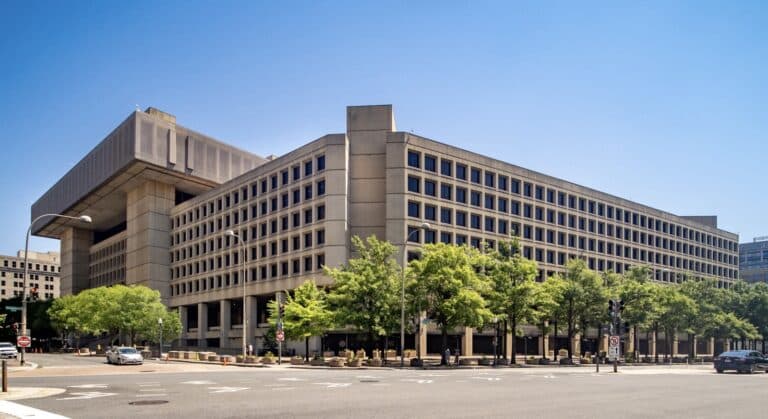
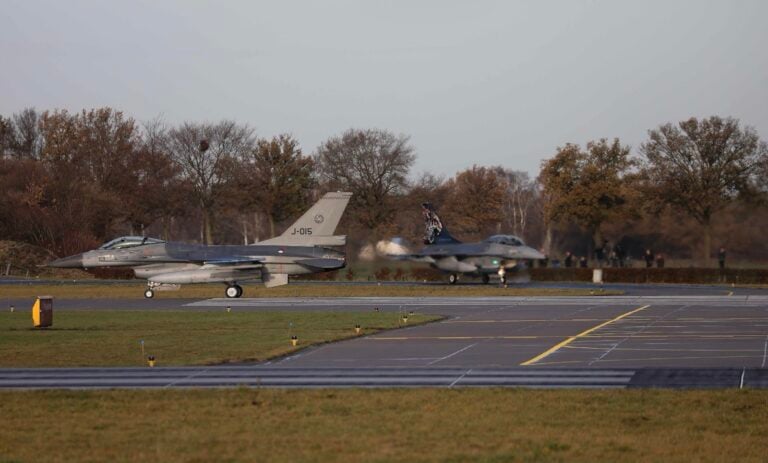

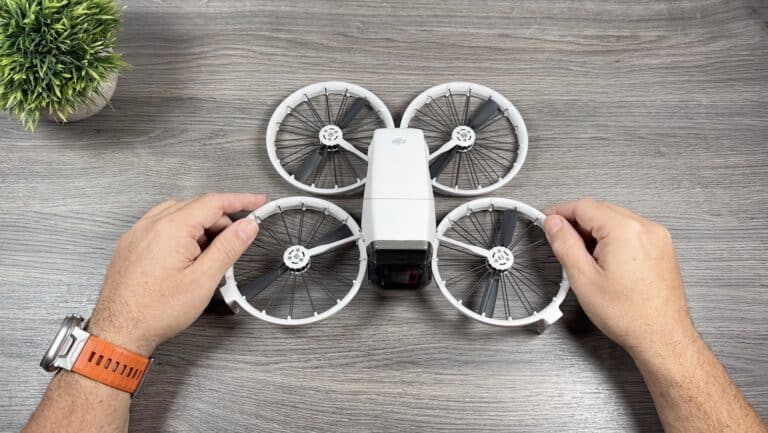




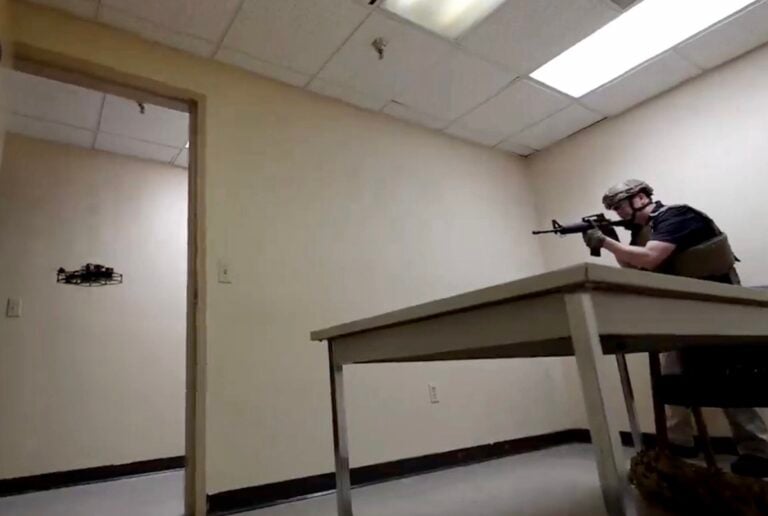
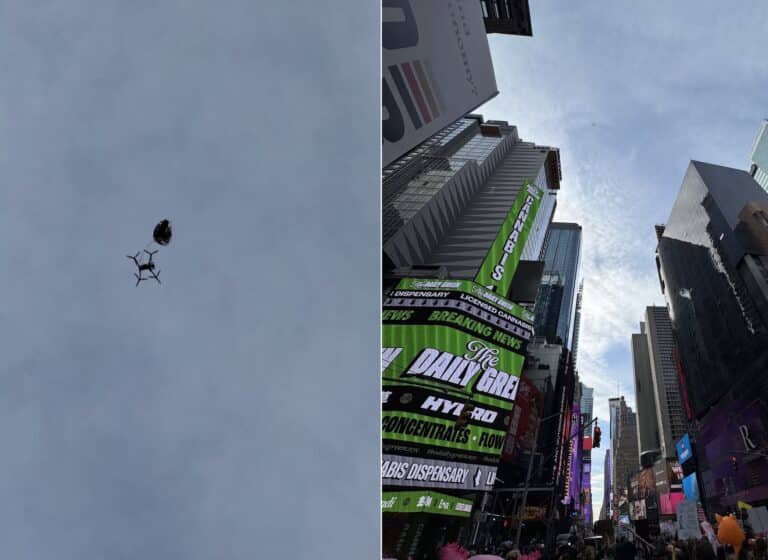




I totally agree that DJI has a responsibility to follow the laws and not do what ever it wants. I have made it a point that when every I fly in controlled air space or obtain a waver or special permission to to keep a copy of those in the file with the photo’s or video taken so that I can retrieve them with out issue. DJI Should have obtained permission and should have those documents on file. I realize that the parks service can be difficult to deal with however I can also see a deal being brokered where the parks service gets the footage to use as well. This is where corporate and Governement can work together and achieve goals with one move. Even a significant donation to preservation or educational components to the park or tribal lands in exchange for responsible flying and filmning makes sense. I completely understand not having every Tom, Dick and Jane flying drones through the parks every day – this could be a real issue. However filming for promotion of the park and a product promotion at the same time can make sense.
This is a case of DJI giving a drone to a pair of inexperienced ‘influencers’ / travellers, from the poor quality flying, bad video quality and naff production they were obviously not DJI’s own pilots or inhouse production.
Then DJI bought the footage to use without initially questioning the legality of the footage.
Now to save face they just delete the thing as there is no way to defend the illegally acquired footage.
Hopefully an apology will come forth and I really hope charges can be brought against the muppets who took the footage that have tarnished us law abiding pilots.
Yeah. An apology to all law abiding drone pilots out there would be a nice gesture.